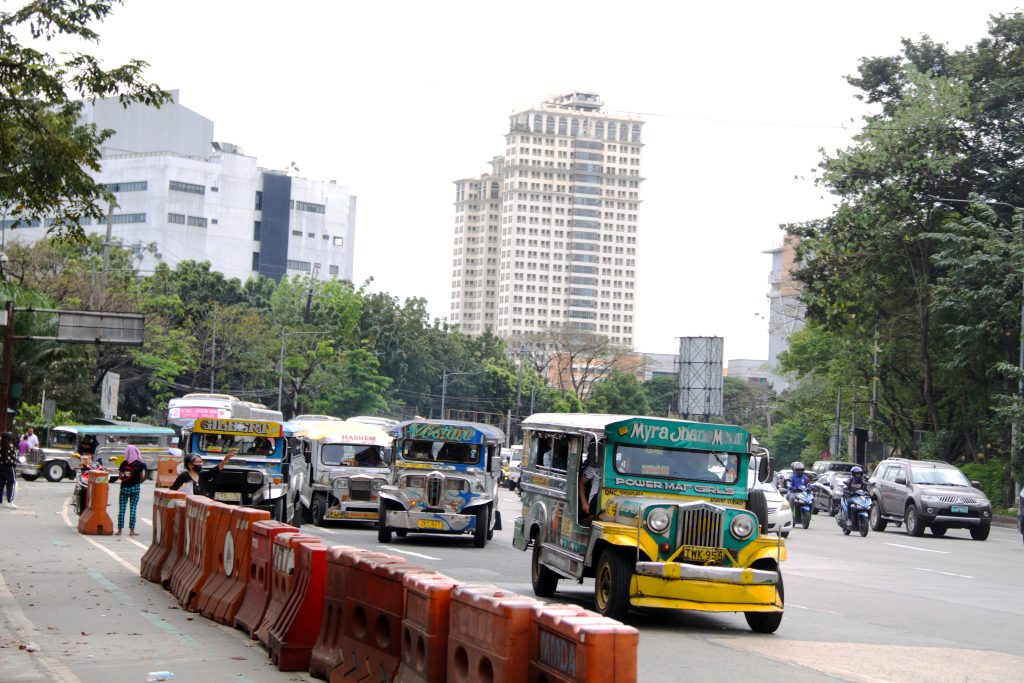
By Gabriela Baron
New Zealand nationals traveling to parts of the Philippines, including Manila, were advised to “exercise increased caution.”
In a travel advisory, the National Government of New Zealand cited “threat of terrorism, risk of kidnapping, and violent crime.”
“We encourage travellers to the Philippines, including Manila, to be security conscious at all times and remain vigilant in public places – particularly at transport hubs and on public transport,” the advisory read.
“You should monitor the media for potential threats to safety and security, and follow any instructions issued by the local authorities. Take official warnings seriously – including all security procedures,” it further read.
Traveling in Mindanao
It also advised travelers not to travel to central and western Mindanao, including the Sulu Archipelago due to the “very high threat of terrorist activity, kidnapping, and violent clashes” between the military or police, as well as terrorist or rebel groups.
Meanwhile, the National Government of New Zealand also reminded against non-essential travel to the provinces of Mindanao, citing threat of terrorism, kidnapping, and violent clashes between uniformed personnel and rebel groups.
“The security situation in Mindanao is contributing to a more uncertain security situation throughout the Philippines,” the advisory also read.
“A number of terrorist attacks have been conducted in the recent past. The possibility of future attacks cannot be discounted, particularly in the Mindanao islands group, but attacks could occur anywhere, including in Manila, and at any time.”
Kidnapping, gun ownership
It also noted possible target places known to be frequented by expatriates or foreign tourists, public transport, shopping areas, markets, hotels, bars, restaurants, nightclubs, banks, embassies, events, and places of worship.
It also mentioned the “ongoing threat of kidnapping throughout the Philippines,” as well as the “high rates of violent crime,” including armed robbery, assault, and murder.
The country’s government likewise said that “gun ownership is widespread and poorly regulated.”
“New Zealanders in the Philippines are advised to be security conscious at all times and should avoid walking and travelling at night, particularly to isolated areas,” it added.
“We advise New Zealanders to be alert to their surroundings at all times and take steps to safeguard and secure their personal belongings.”
New Zealanders staying in the country were also warned against fake Internet fraud and relationship schemes.
A tourist from New Zealand was shot dead on Feb. 19 after he reportedly attempted to resist a robbery perpetrated by motorcycle-riding men in Makati.
Based on reports, he was with her girlfriend, walking along Filmore Street in Barangay Palanan Sunday night when armed men attempted to rob the victims.
Philippine authorities have yet to issue a statement on the travel advisory. — ag
